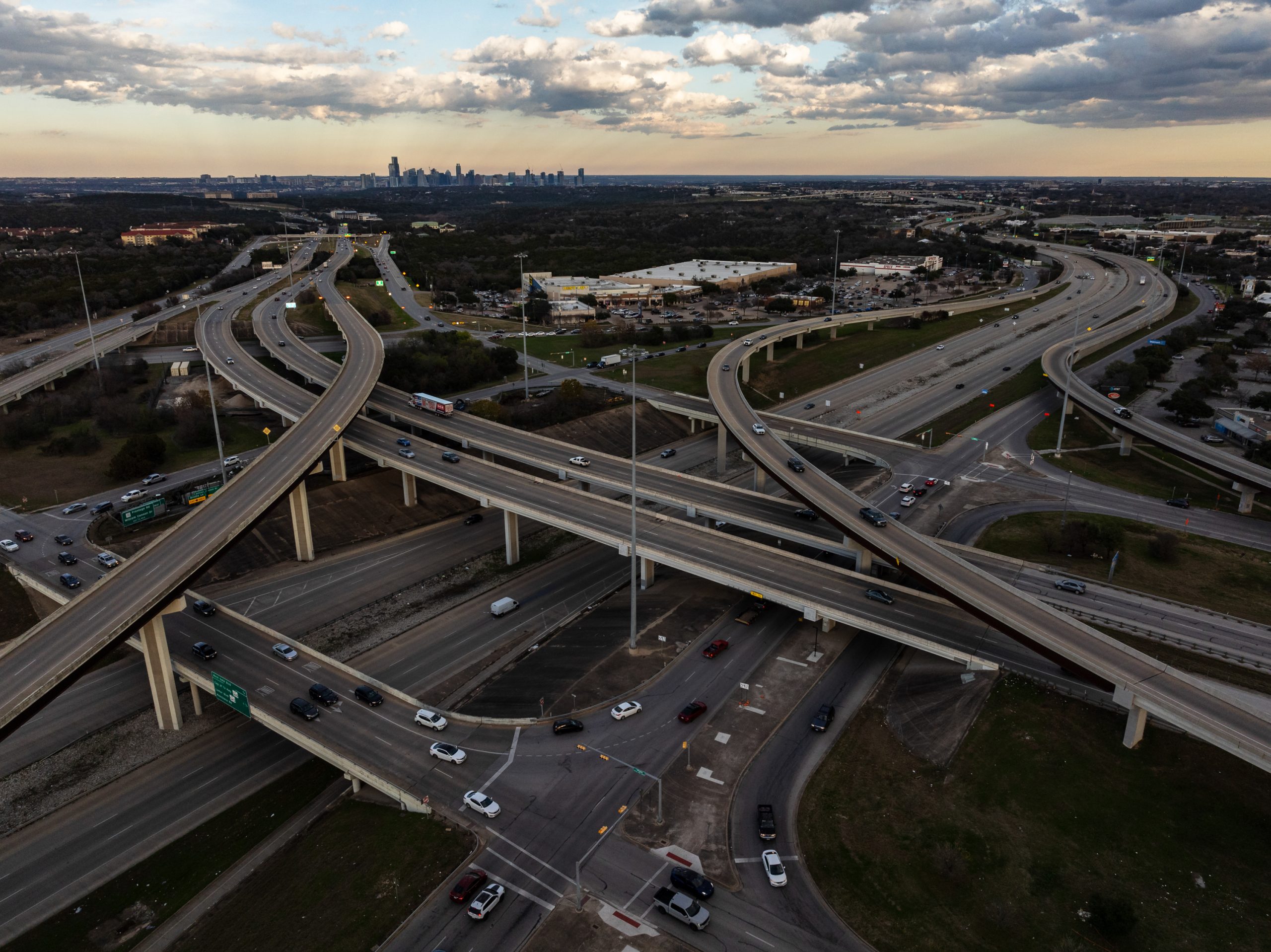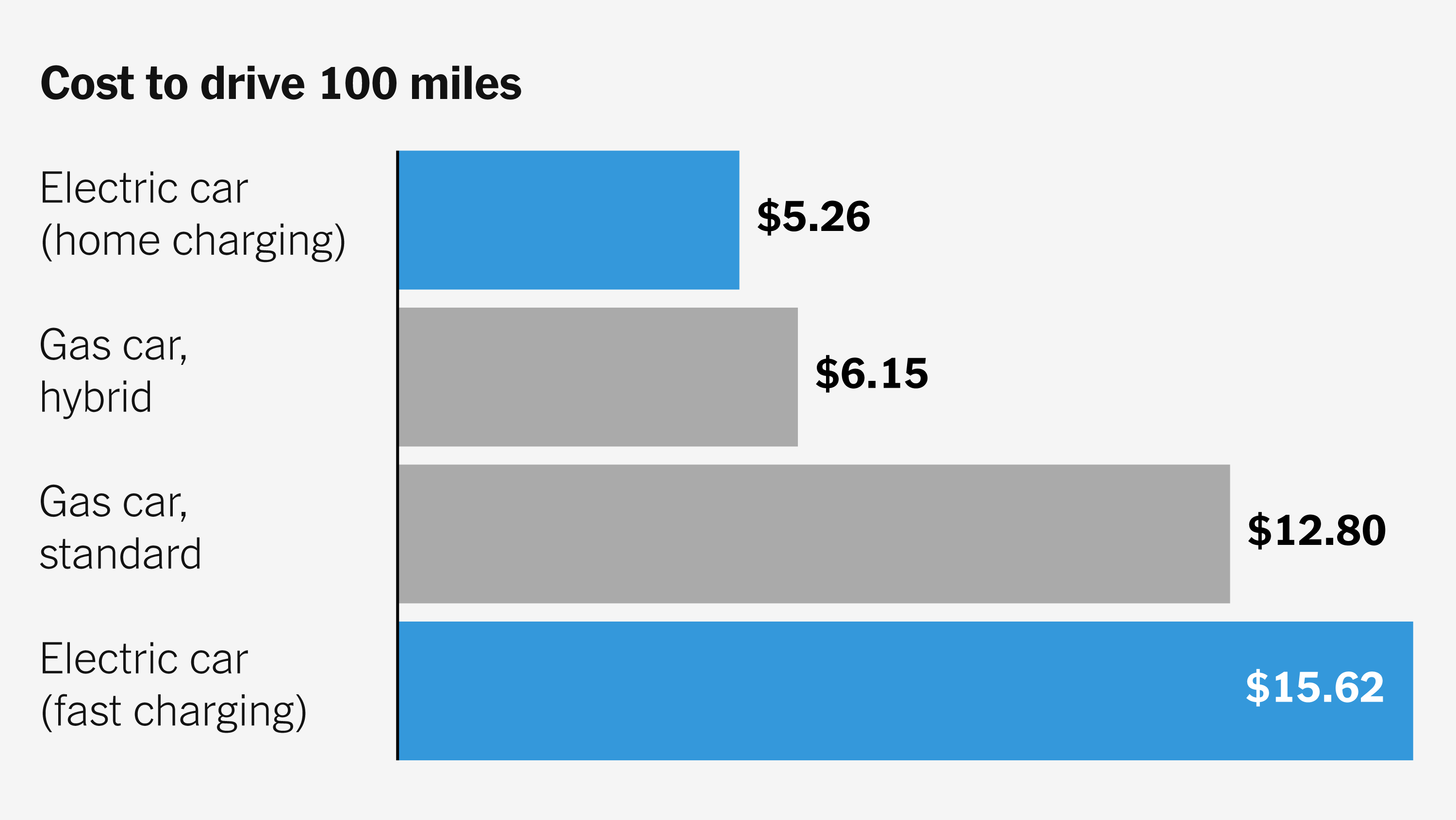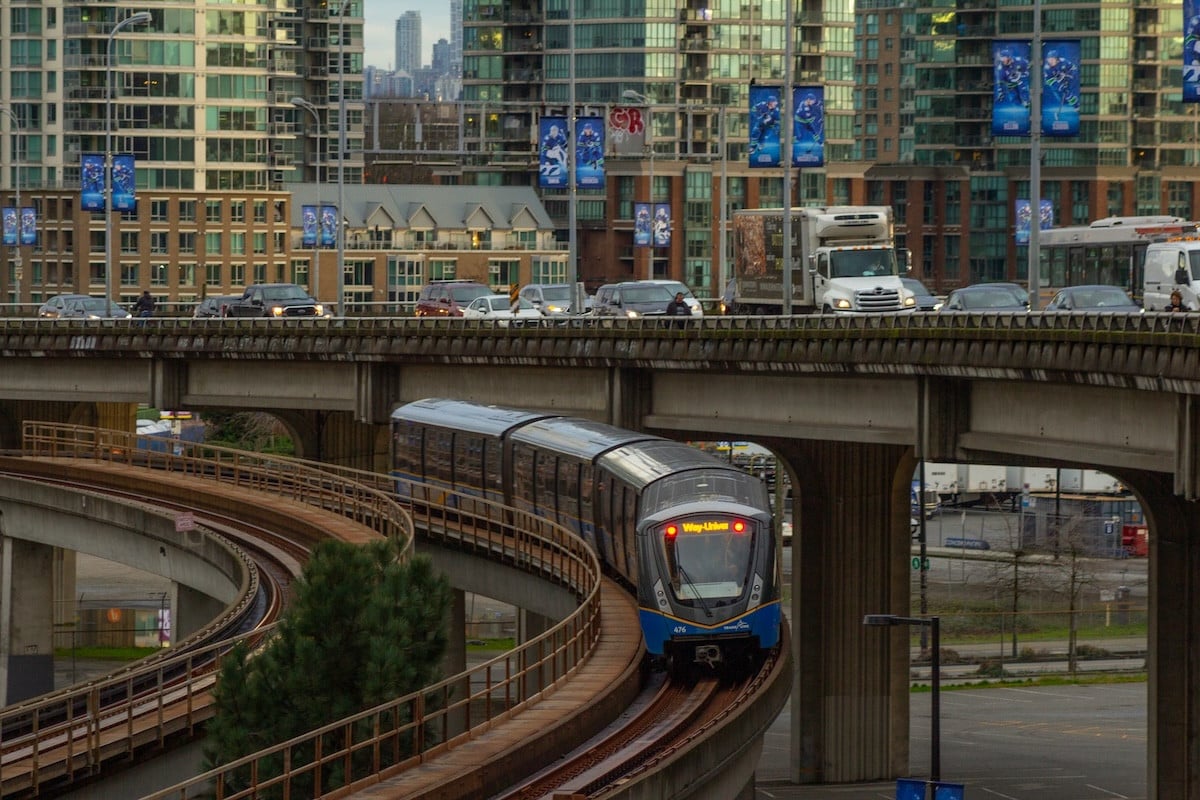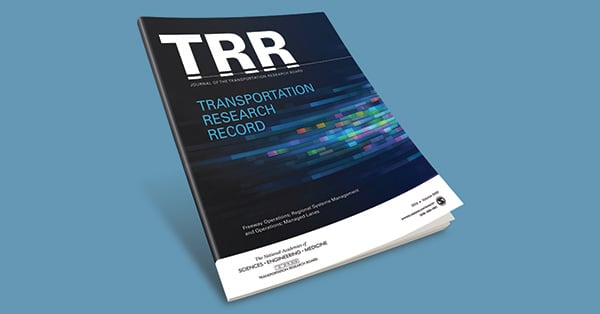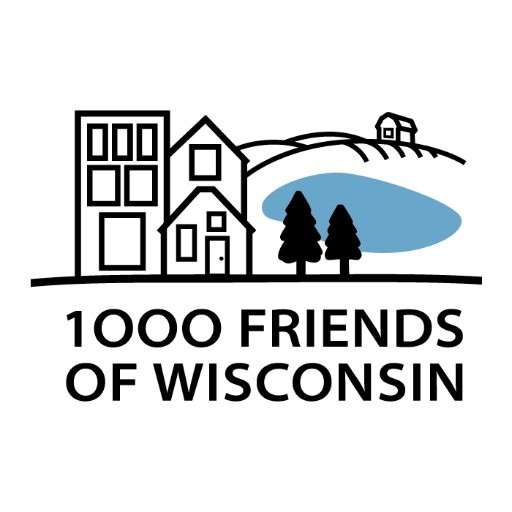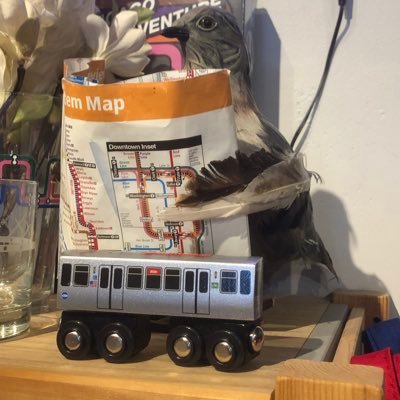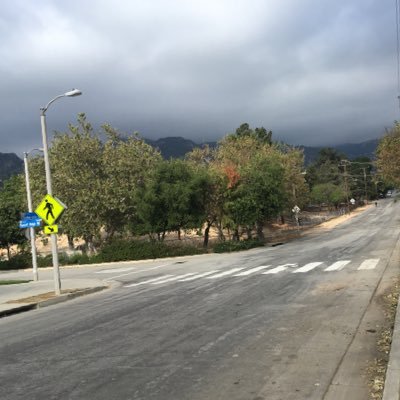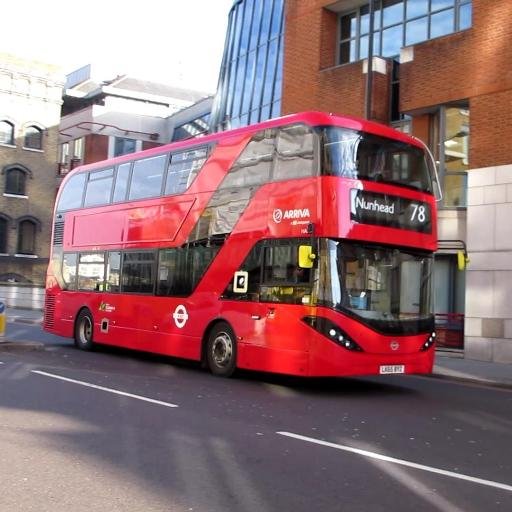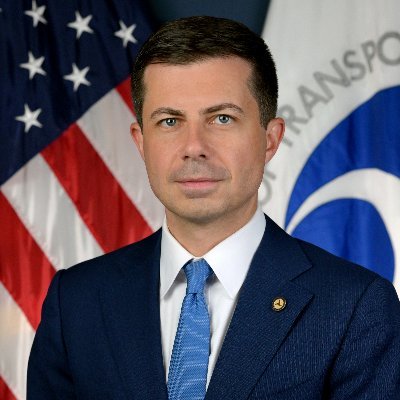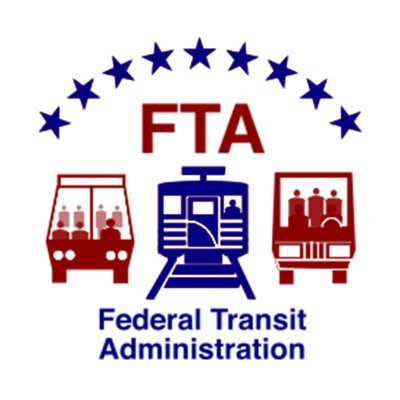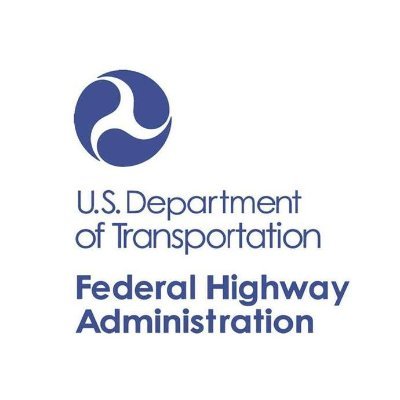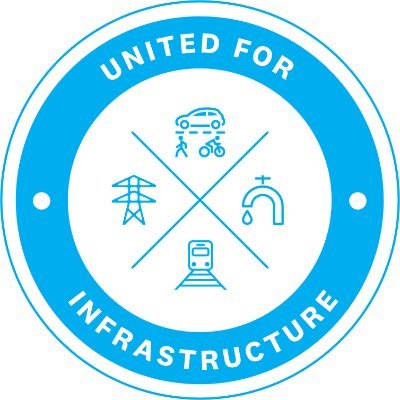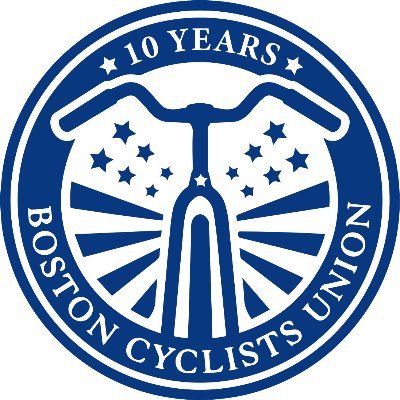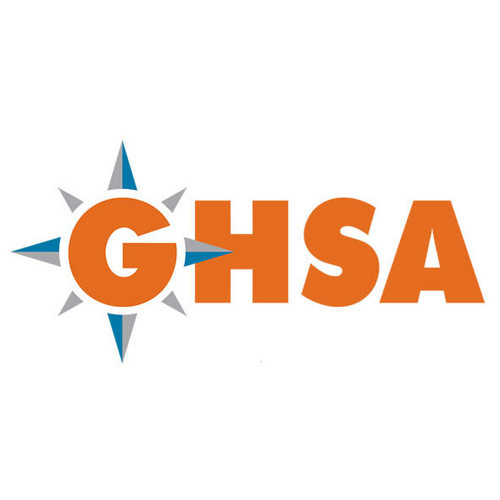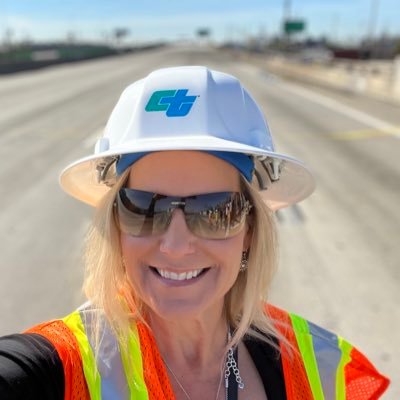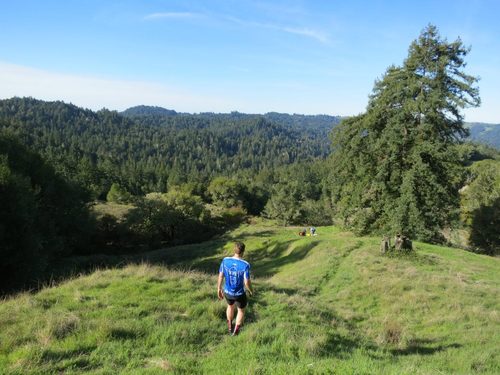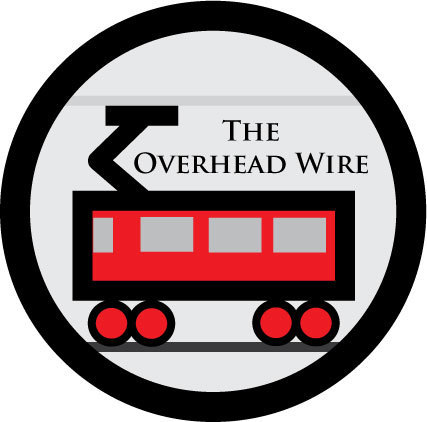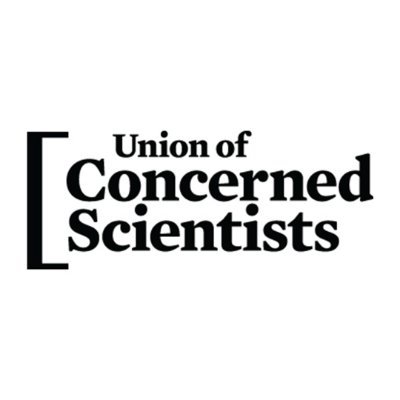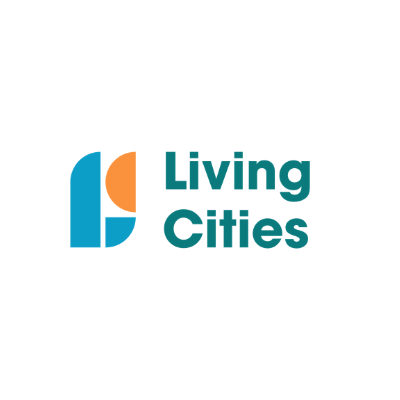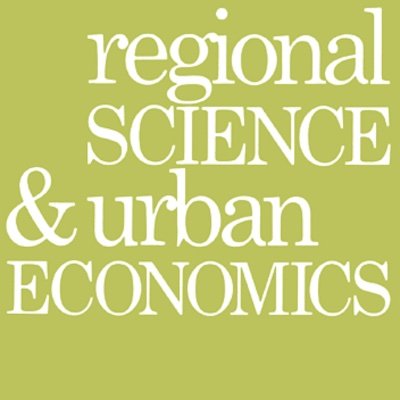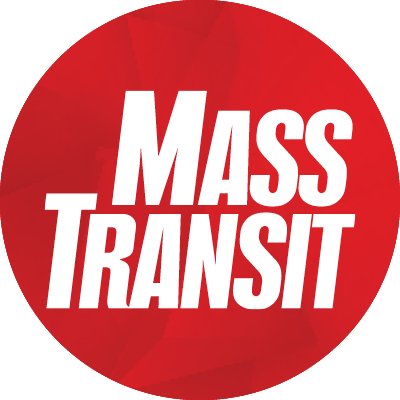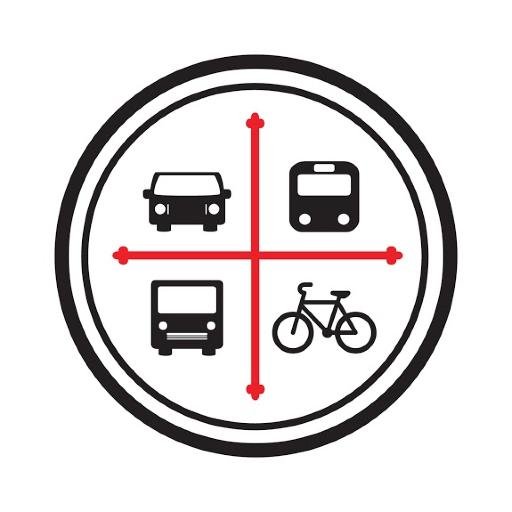
State Smart Transportation Initiative
@SmartTransp
SSTI supports state transportation agencies committed to sustainability, equity, and transparent governance.
Вам может понравиться
New highways have led to increased urban sprawl by encouraging growth on the outer edges of urban areas, according to research from Portugal. doi.org/10.1016/j.retr…
A new study says common “carrot” strategies like transit and land use changes help locally but do little to cut traffic or emissions at scale. Researchers say states may need “stick” tools like pricing or limits on road expansion to meet climate goals. ssti.us/2025/11/24/to-…
A TxDOT report says Texas will need more public transit in rural and urban areas to keep up with rapid population growth. texastribune.org/2025/11/10/tex…
Utah plans a 3,100-mile paved bike network that would put a trail within one mile of 95% of residents. planetizen.com/news/2025/11/1…
Washington State DOT released a new quick-build guide for projects that calm traffic and create safe spaces for people walking, biking, and connecting with their communities. wsdot.wa.gov/sites/default/…
Only 42% of Head Start programs are within 0.2 miles of a transit stop, and 19% could become more accessible with low-cost improvements. static1.squarespace.com/static/63616df…
Mobile phone data accurately estimates car trips, but it's less reliable for biking and walking trips. doi.org/10.32866/001c.…
Transit agencies across the U.S. are facing funding gaps as federal COVID relief funds expire. Temporary measures, like budget adjustments and redirected funds, are helping agencies maintain service while long-term funding solutions are explored. ssti.us/2025/11/11/tra…
When a new light rail station opened in Japan, nearby residents increased their daily step count by nearly 800 on average. doi.org/10.1016/j.jth.…
Federal investments are expanding vehicle charging, clean freight, public transit, and street safety. These programs have contributed to $4.6 billion in domestic manufacturing and over 14,400 jobs. chargingusforward.com/charging-forwa…
A review of California’s travel demand models finds many are outdated, poorly documented, and miss key factors like post-pandemic travel habits and land use changes. ssti.us/2025/11/11/cal…
Maryland DOT has proposed record spending on sidewalks, bike lanes, and accessible trails. blog.mdot.maryland.gov/mdot-investmen…
Researchers have introduced a new Winter Walkability Audit Tool to assess how winter conditions affect walkability. The tool was piloted reliably in Alberta in 2023. doi.org/10.1016/j.jth.…
DelDOT is incorporating equity into planning and project prioritization, according to a new case study. The agency uses its Equity Analysis Tool and other measures to pursue its goals. doi.org/10.1016/j.trip…
In most states, charging an EV at home costs about half as much as fueling a gas car, though fast charging is pricier. On the West Coast, however, fast charging often matches or even beats gas prices. nytimes.com/2025/10/08/ups…
Frequent driveways and higher traffic speeds led to more bike and pedestrian crashes in Albuquerque. Researchers say better access management could make streets safer. doi.org/10.1016/j.trip…
California’s SB 79 sets new housing standards near major transit. The law allows for multifamily development within a half mile of transit stations, overriding restrictive local zoning limits. mnolangray.substack.com/p/everything-y…
The U.S. spends a quarter of its highway funds on new construction despite a $1 trillion repair backlog. Evidence shows that investing in maintenance and rehabilitation not only creates more jobs but also strengthens local economies. ssti.us/2025/10/21/rep…
Many North American transit-oriented developments still prioritize car use. Wide roads and large parking lots near transit stops undermine their purpose. nextcity.org/urbanist-news/…
In Minnesota, road design changes are helping drivers slow down as they move from highways to lower-speed areas. Roundabouts, medians, and two-way turn lanes have all been effective. doi.org/10.1177/036119…
United States Тренды
- 1. Thanksgiving 2.16M posts
- 2. Lions 84.2K posts
- 3. Dan Campbell 3,172 posts
- 4. Jack White 7,047 posts
- 5. Jordan Love 9,041 posts
- 6. Goff 8,367 posts
- 7. #GoPackGo 7,128 posts
- 8. Wicks 5,751 posts
- 9. #GBvsDET 3,846 posts
- 10. Watson 13.3K posts
- 11. Gibbs 8,101 posts
- 12. Jamo 3,601 posts
- 13. Thankful 432K posts
- 14. Jameson Williams 2,177 posts
- 15. #OnePride 6,328 posts
- 16. Green Bay 6,754 posts
- 17. Turkey 277K posts
- 18. Tom Kennedy 1,112 posts
- 19. Amon Ra 2,877 posts
- 20. Seven Nation Army N/A
Вам может понравиться
-
 Eno Center for Transportation
Eno Center for Transportation
@EnoTrans -
 Vision Zero Network
Vision Zero Network
@Visionzeronet -
 Transportation for America
Transportation for America
@T4America -
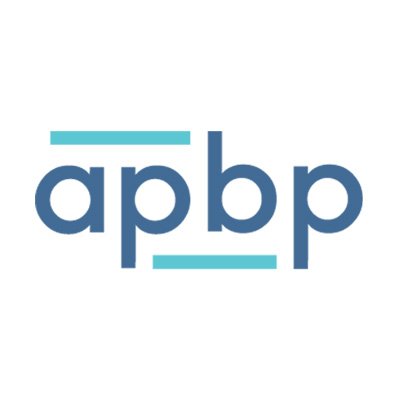 APBP
APBP
@apbp -
 Smart Growth America
Smart Growth America
@SmartGrowthUSA -
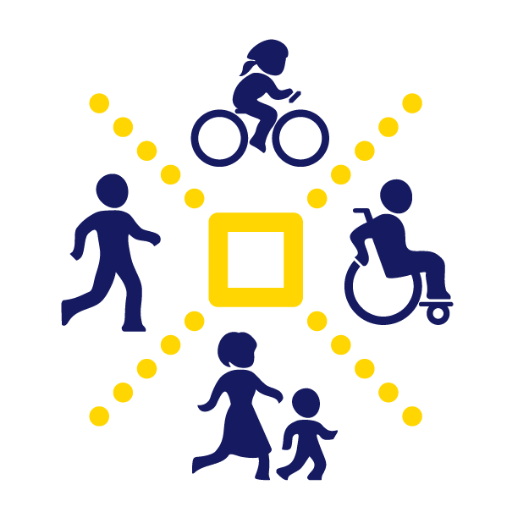 Safe Routes Partnership
Safe Routes Partnership
@SafeRoutesNow -
 ITE - Community of Transportation Professionals
ITE - Community of Transportation Professionals
@ITEhq -
 TRB
TRB
@NASEMTRB -
 Mineta Transportation Institute
Mineta Transportation Institute
@MinetaTrans -
 Beth Osborne
Beth Osborne
@BethOsborneT4A -
 America Walks
America Walks
@americawalks -
 NACTO
NACTO
@NACTO -
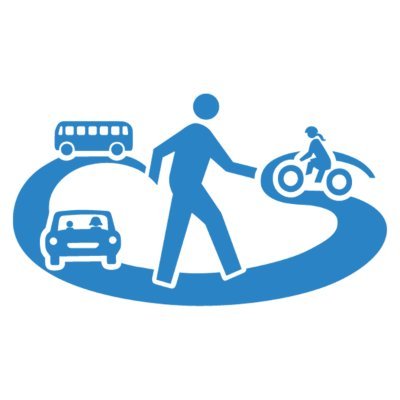 National Complete Streets Coalition
National Complete Streets Coalition
@completestreets -
 PBIC
PBIC
@pedbikeinfo -
 UC Berkeley SafeTREC
UC Berkeley SafeTREC
@UCBSafeTREC
Something went wrong.
Something went wrong.
















